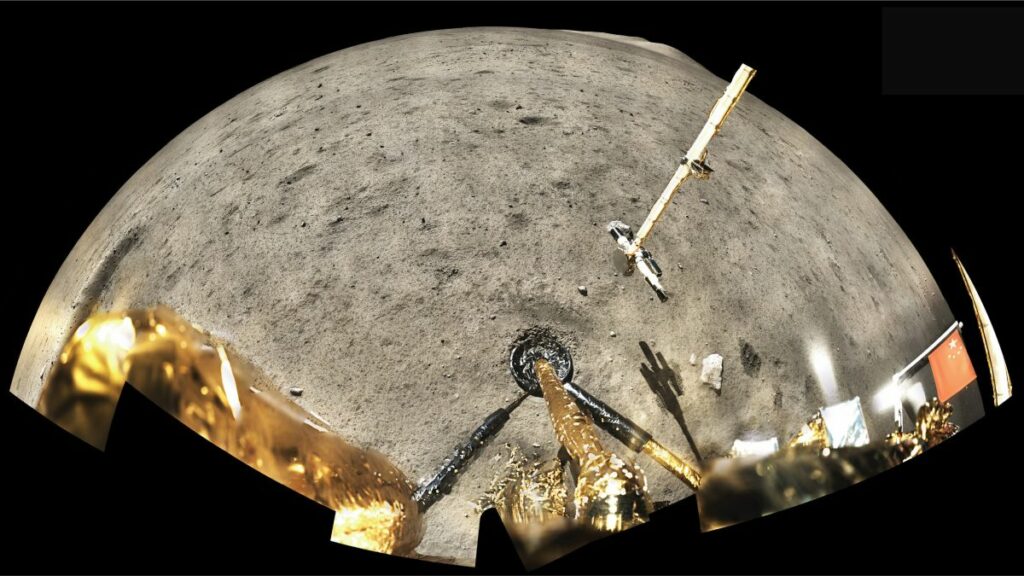New lunar samples reveal more recent volcanic activity on the moon

The mission, named after the mythical Chinese goddess of the moon, brought back the first fresh lunar samples in more than 40 years to Earth later that month.An international team of scientists have studied the rocks and delivered one of the first results from the mission: the moon was volcanically active more recently than previously thought. A study detailing the findings published Thursday in the journal “All of the volcanic rocks collected by Apollo were older than 3 billion years,” he said. “And all of the young impact craters whose ages have been determined from the analysis of samples are younger than 1 billion years. So the Chang’e-5 samples fill a critical gap.”Rocks on the moon act like a time capsule for its history and evolution. Unlike Earth, the moon doesn’t have tectonic plates or other processes that wipe away the existence of craters over time. Instead, these craters help scientists date different regions of the lunar surface. Having a definitive date for the Chang’e-5 rocks helps scientists better establish the chronology of events on the moon — and even provides a good model for dating craters on other rocky planets.”Planetary scientists know that the more craters on a surface, the older it is; the fewer craters, the younger the surface. That’s a nice relative determination,” Jolliff said. “But to put absolute age dates on that, one has to have samples from those surfaces. The Apollo samples gave us a number of surfaces that we were able to date and correlate with crater densities. This cratering chronology has been extended to other planets — for example, for Mercury and Mars — to say that surfaces with a certain density of craters have a certain age.”The composition of basalt, or dark, fine-grained volcanic rock, in the samples also shows volcanic activity was still occurring on the moon about 2 billion years ago. The Chang’e-5 mission landed in Oceanus Procellarum, which is an area of solidified lava from an ancient volcanic eruption. This means there was once likely a source of heat in the region to spur volcanic activity, but there isn’t any evidence of this heat source. That means that researchers will have to investigate alternate possibilities behind the activity.”The task will now turn to finding a mechanism that will explain how this relatively recent heating of the Moon may have supported the formation of basaltic magmas with temperatures exceeding 1,000 degrees Celsius (1,832 degrees Fahrenheit) — and ultimately help researchers improve age dating of the entire Solar System,” said Gretchen Benedix, study coauthor and professor at Curtin University’s Space Science and Technology Centre in Australia, in a statement. China is targeting 2024 for its next lunar landing with the Chang’e-6 mission, which will collect and return samples from the South Pole-Aitken basin on the far side of the moon.The research to understand all of the secrets locked within the Chang’e 5 lunar samples is really just beginning, according to the researchers. And the team leading this research is global, working together from across the world.”The consortium includes members from China, Australia, the U.S., the U.K. and Sweden,” Jolliff said. “This is science done in the ideal way: an international collaboration, with free sharing of data and knowledge — and all done in the most collegial way possible. This is diplomacy by science.”





